How to create a sustainable garden in the time of climate crisis
“We are in a more conscious time, which calls for more conscious design and decisions,” says garden photographer Claire Takacs whose new book charts a course to a more sustainable future.
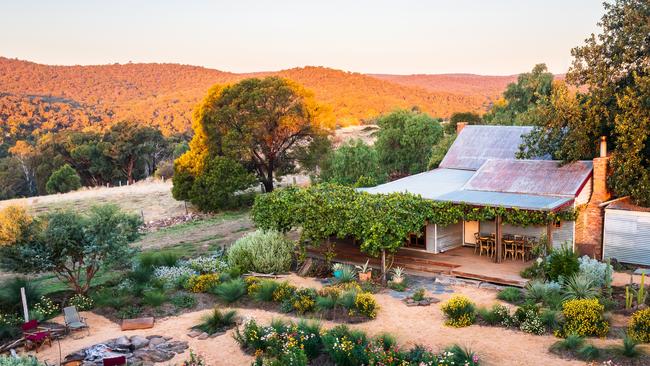
Australian garden photographer Claire Takacs has built an international reputation for her evocative images. Her third book, Visionary: Gardens and Landscapes for our Future (Hardie Grant, $70), is co-written with Giacomo Guzzon, a London-based landscape architect who shares her interest in how garden design is evolving in the face of climate change.
Takacs began photographing for the book with a three-month driving adventure across the Mediterranean but says “there was so much happening I just kept photographing”. Two years and 80 gardens later, she finished with 15 gardens in Australia.
Many of the gardens have never been open to the public, some are public gardens, but all are photographed in Takacs’ signature style, capturing light and the gardens’ essence in inspirational ways.
Each garden addresses sustainability and climate challenges, although more text on practicalities and plant names would be useful.“We are in a more conscious time, which calls for more conscious design and decisions,” says Takacs. “This book represents a new aesthetic characterised by the optimism of people driven to work in kinder, more sustainable ways. It is a very exciting time.”
Winter is coming
Plant winter and spring flowering bulbs from now. While tulips and hyacinths are best for cold areas and are planted a bit later, many others succeed in warm climates.
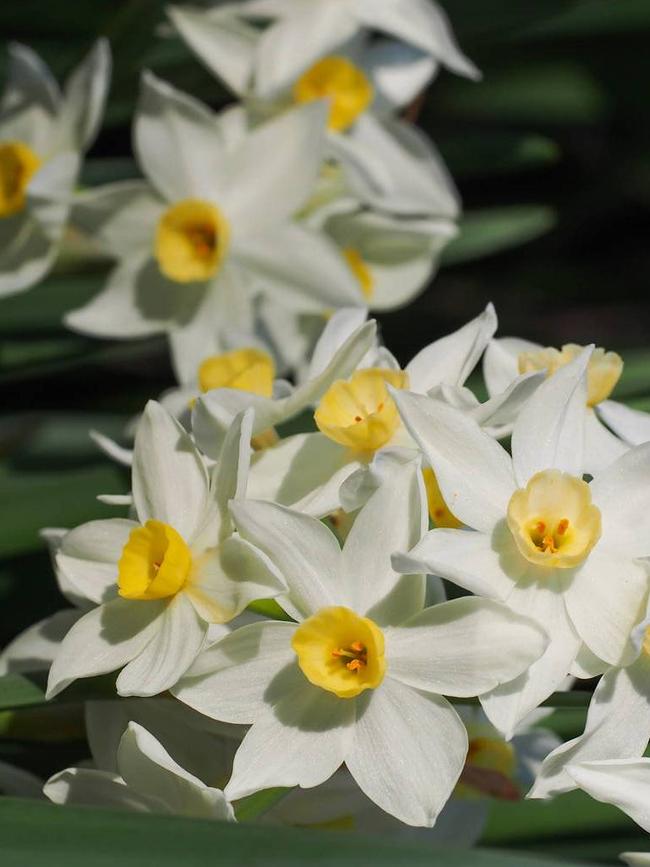
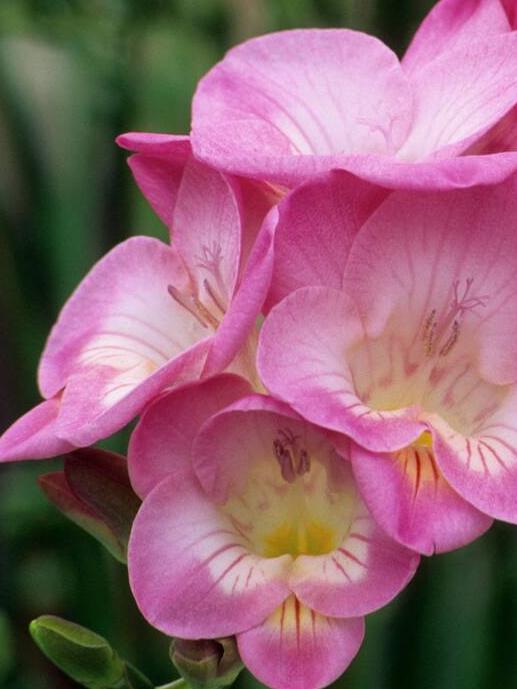
As well as the four below, try corn lily (Ixia), snowflakes (Leucojum) and Ranunculus. All look best when mass planted.
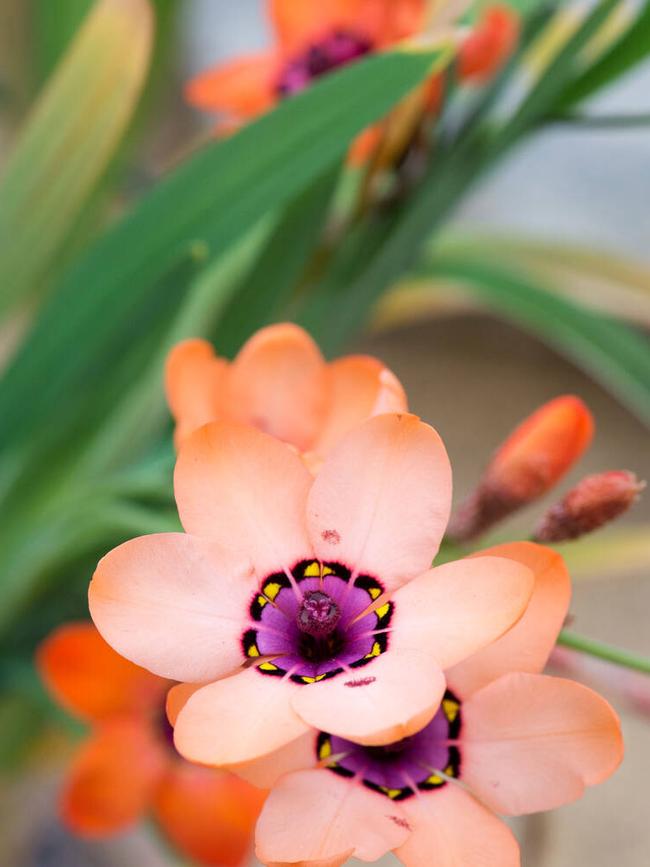
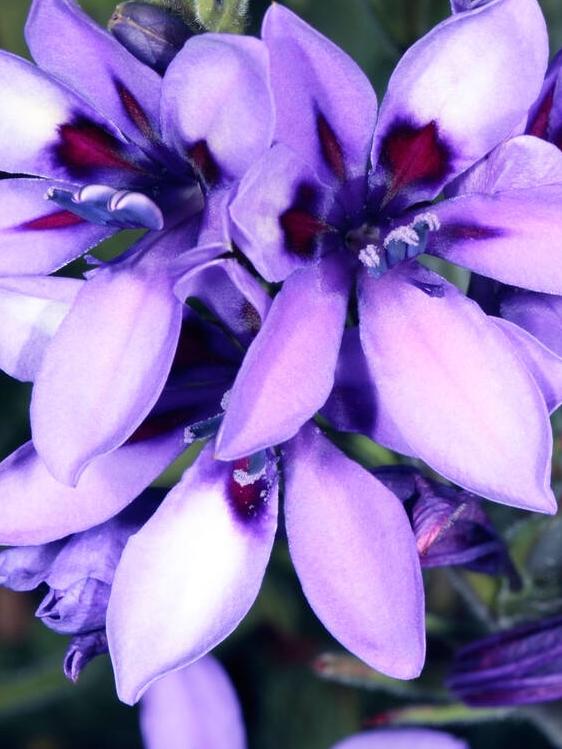
Q&A
To my dismay, my peace lily’s flowers have turned green. Why?
Anne Klarie, by email
White flowers in particular often turn green as they age. It happens with peace lilies, arum lilies, hydrangeas and hellebores. On peace lilies, the white spathe is actually a modified leaf that readily develops more green chlorophyll, possibly from very bright light or high fertiliser levels.
I always lightly prune my crepe myrtle in winter but it seems to have fewer flowers each year. Is it the right thing to do?
Deb Christiansen, Melbourne
Crepe myrtles will flower regardless of pruning, if they’re in full sun. Newer dwarf varieties stay small and develop a naturally attractive shape left unpruned. Heavy pruning in winter stimulates growth of long, arching stems that flower heavily but the trunk and branch stubs can look butchered (it’s called “crepe murder”). Light pruning is good to multiply flowering stems and control size. You can do this in winter or just after flowering, which saves the tree from putting energy into fruit production.
How do we get long, thick celery stalks instead of a flourish of greenery?
Marlies Johnson, Melbourne
Timing is a big factor: celery needs temperatures of 12C-24C – not too hot or too cold. In cooler areas, plant seedlings into enriched soil in spring; in warm areas, plant in autumn. Space plants 20cm-25cm apart in a block to encourage longer stems. A sunny spot with a little afternoon shade is ideal. Then it’s all about lots of water all the time and regular fertiliser. To blanch the stalks, exclude sunlight three weeks before harvesting by enclosing stems in thick paper, cardboard or a milk carton, or banking up the soil.
Send your questions to helenyoungtwig@gmail.com The best question for March wins the versatile STIHL GTA 26 garden pruner kit, worth $299 including battery and charger.
More Coverage









To join the conversation, please log in. Don't have an account? Register
Join the conversation, you are commenting as Logout